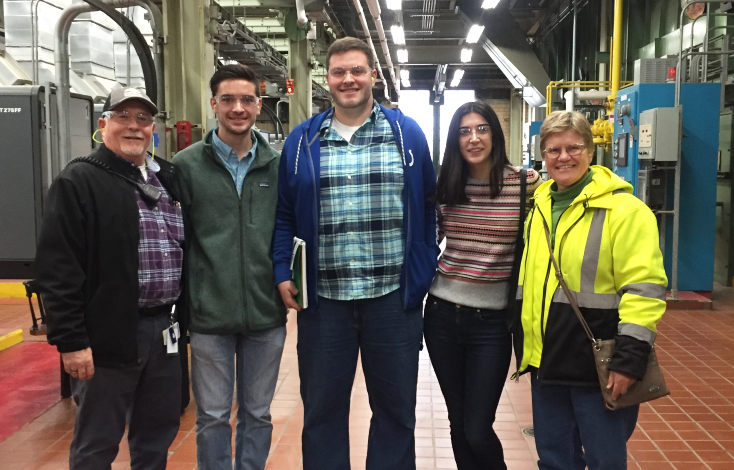Renewable Energy Strategies – Utilization / Options for Consuming Gas Generated via Municipal Solid Waste

Last year, Marion Utilities worked with an EEE senior design team to review options in regard to managing municipal solid waste (MSW) generated by Marion Utilities. Marion Utilities was analyzing alternatives to increase the capacity of MSW to create syngas or electricity from a waste-to-energy system. General Motors’ Marion facility is interested in partnering with Marion Utilities as a purchaser of the syngas.
The objective of this senior design project is to complete a comprehensive analysis of the options for GM to utilize the MSW syngas as a feedstock for a renewable energy system and estimate net energy yield, costs, benefits, challenges and alternatives.

UPDATE
In 2018, Marion Utilities decided to use gasification to utilize their municipal solid waste (MSW) inflow as a source for energy generation. After consulting with a previous EEE senior design team, Marion chose an integrated gasification combined cycle (IGCC) which will allow for various uses of the syngas output. General Motors (GM) has partnered with Marion Utilities to determine the best use of the syngas for GM’s metal center in Marion, IN. The goal is for GM to use the syngas output to generate heat or power, with the most cost-effective approach being preferred. In addition to presenting the best use of syngas, a list of challenges, benefits, and costs will also be provided for GM to consider.
Syngas has various uses ranging from a natural gas substitute to a substitute for gasoline in vehicles. GM is specifically looking at using syngas to heat or power their plant as the company has a goal of becoming 100% renewable by the year 2030. Energy is expensive, and with a 24-hour operation, finding a cheaper alternative would not only save money, but would help them reach their renewable energy goal. Analyzing the options that are viable for GM to get closer to reaching their goal will help to provide insight on which option is the most cost-effective and most beneficial for GM.
